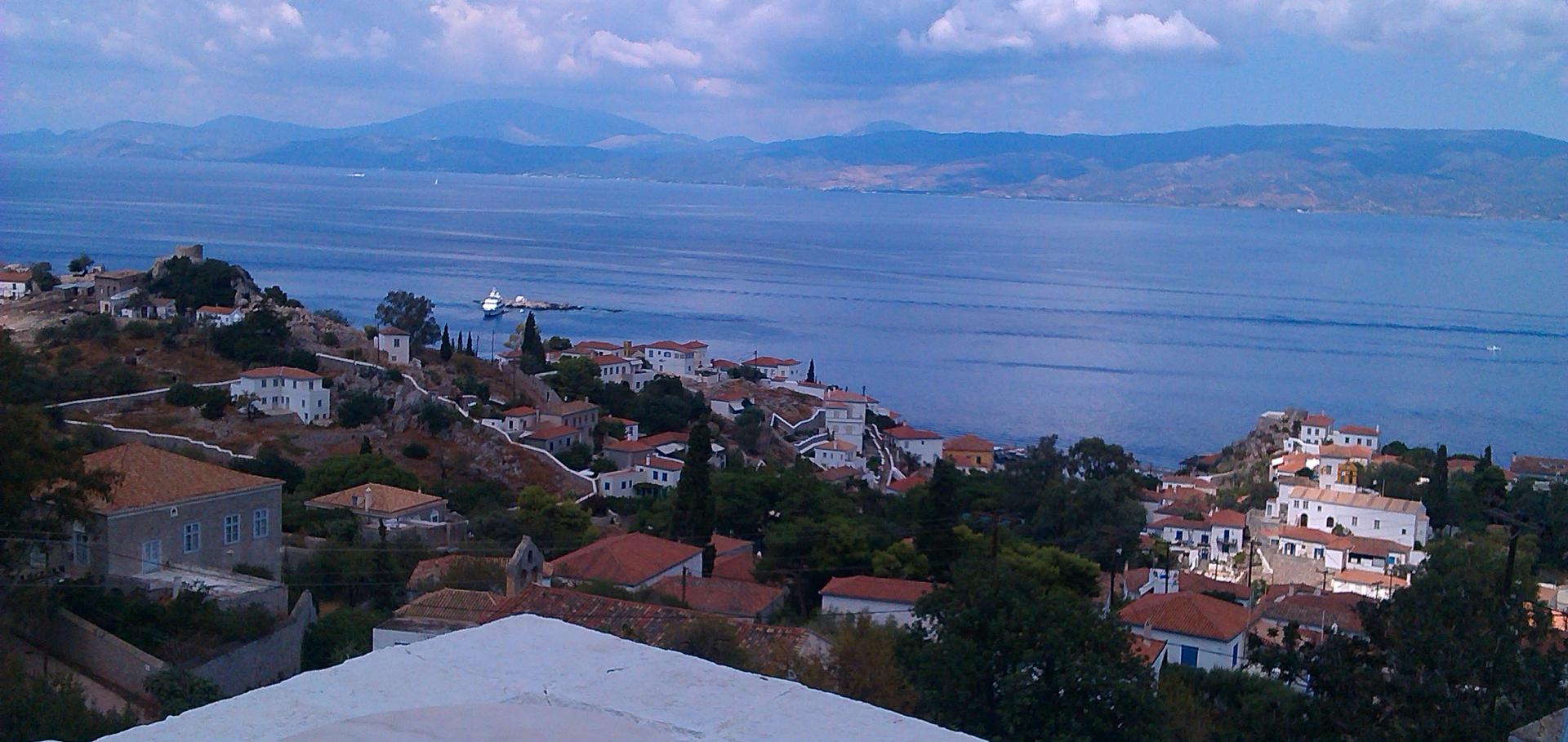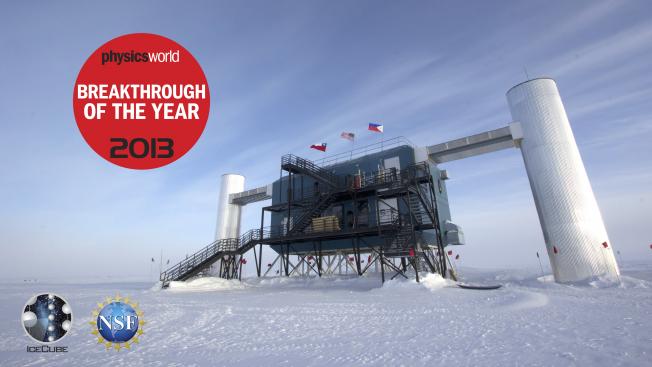Cosmic neutrinos from unstable relic particles
Nuclear Physics, Section B 392:1 (1993) 111-133
Abstract:
We derive constraints on the relic abundance of a generic particle of mass ∼ 1-1014 TeV which decays into neutrinos at cosmological epochs, using data from the Fréjus and IMB nucleon decay detectors and the Fly's Eye air-shower array. The lifetime of such unstable particles which may constitute the dark matter today is bounded to be greater than ∼ 1014-1018 yr, depending on the mass. For lifetimes shorter than the age of the universe, neutrino energy losses due to scattering and the expansion redshift become important and set limits to the ability of neutrino observatories to probe the early universe. © 1993.FURTHER RESULTS ON CERIUM FLUORIDE-CRYSTALS
NUCLEAR INSTRUMENTS & METHODS IN PHYSICS RESEARCH SECTION A-ACCELERATORS SPECTROMETERS DETECTORS AND ASSOCIATED EQUIPMENT 332:3 (1993) 373-394
Neutralino Dark Matter in a Class of Unified Theories
ArXiv hep-ph/9209292 (1992)



